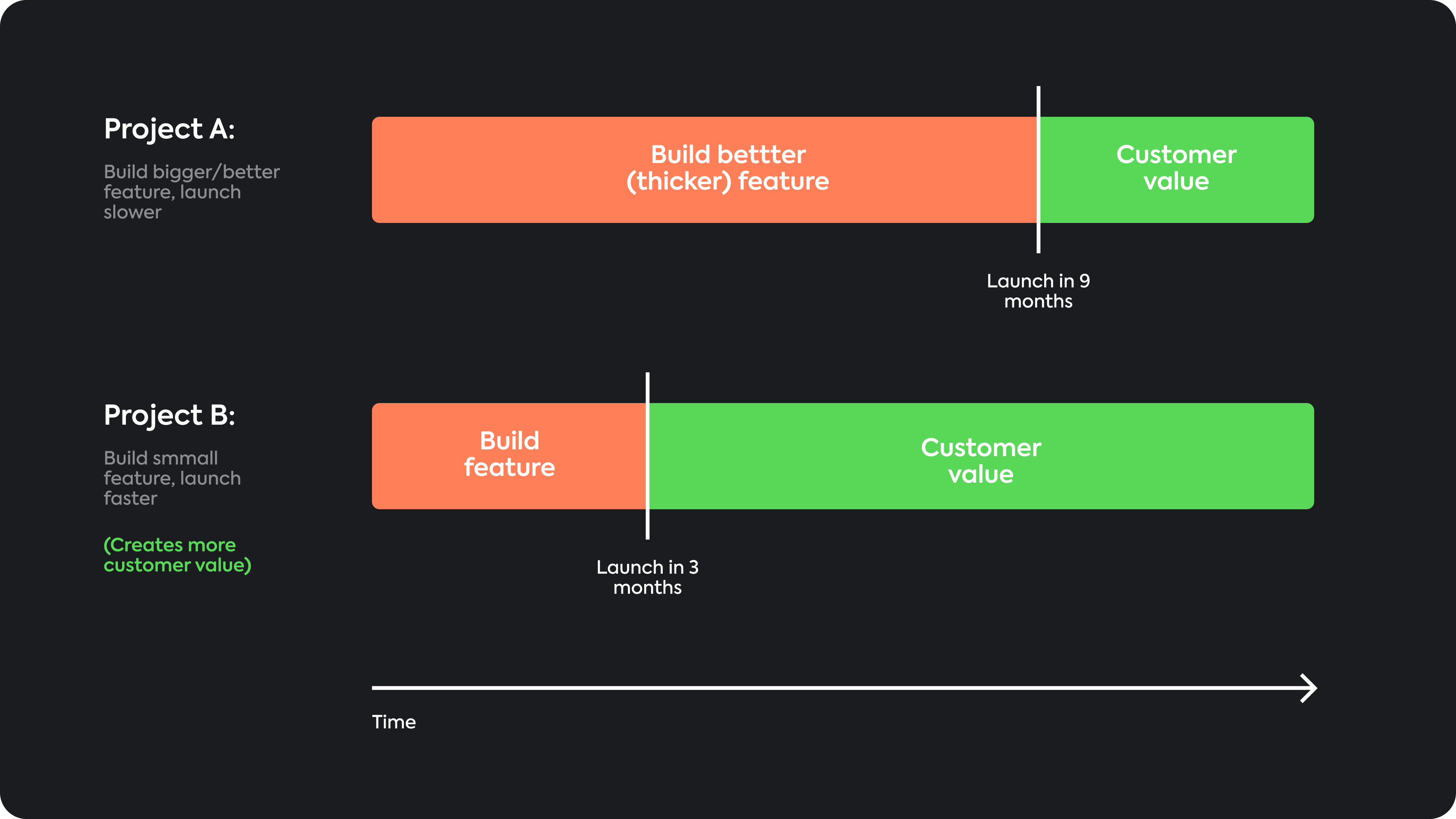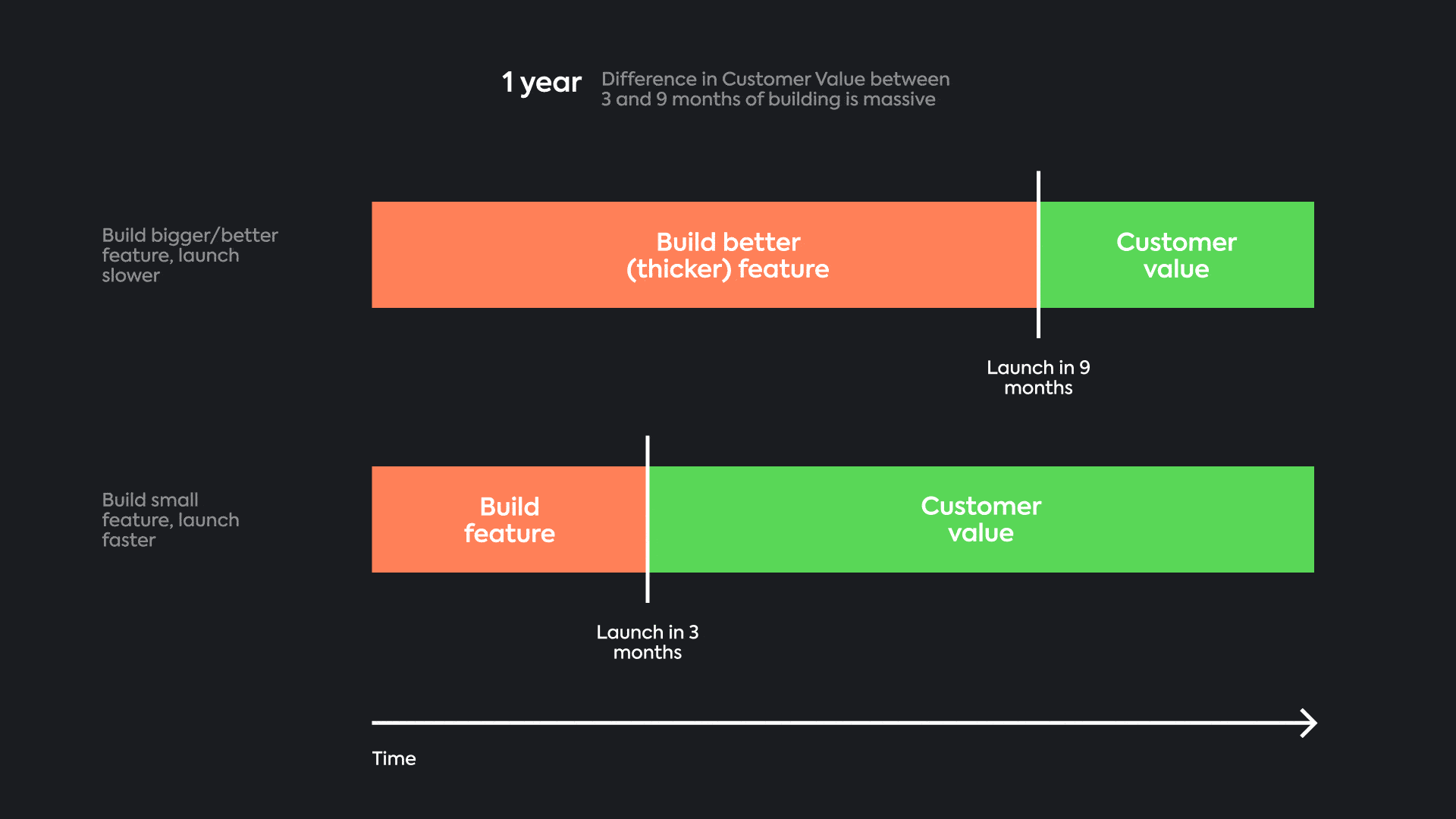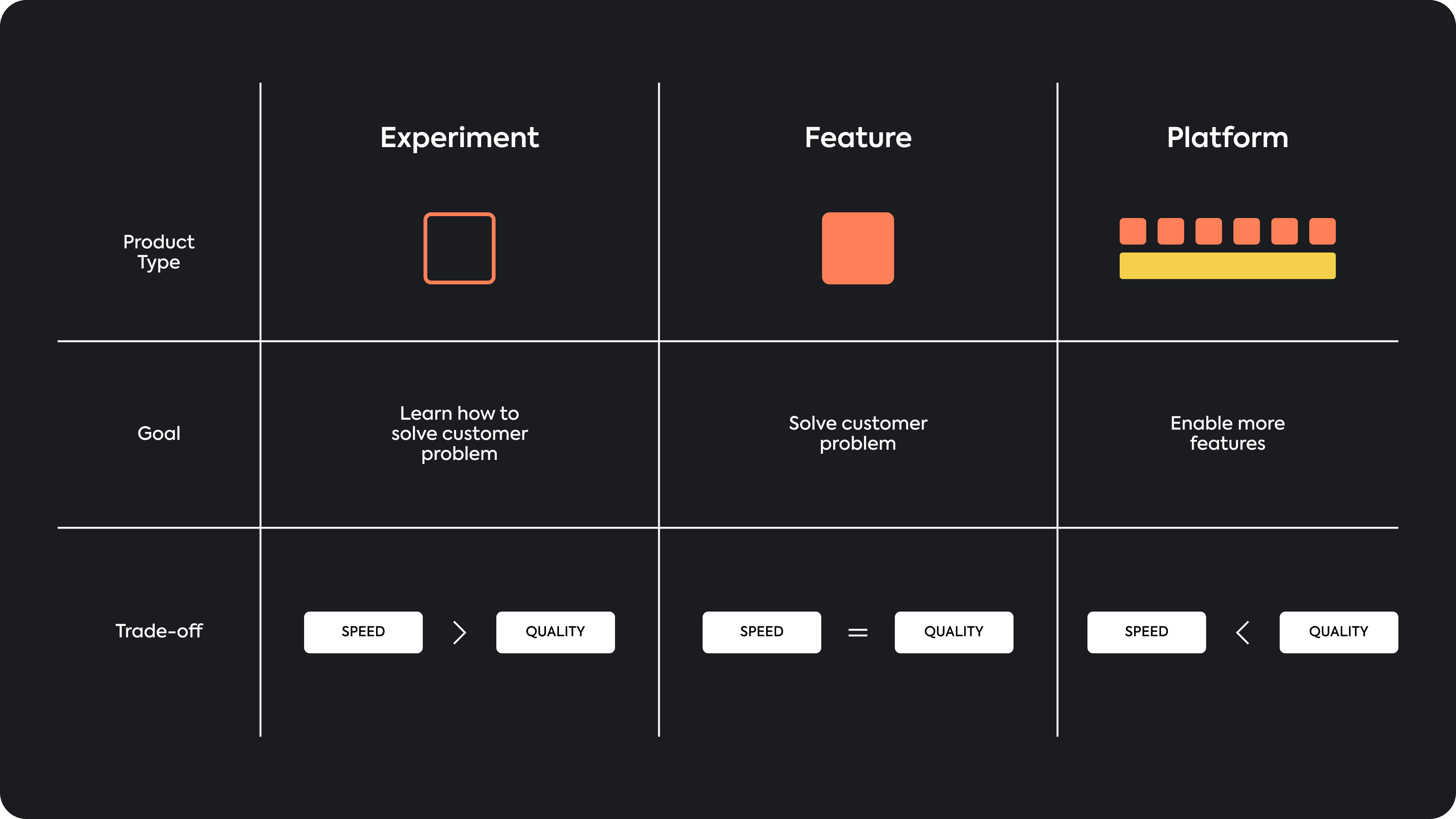First, let’s discuss what mental models actually are. You might have heard this term before or you might find it completely new. The truth is that you’ve probably used mental models before, whether you were actually aware of it or not. Mental models are like shortcuts for your brain to help you better and quicker analyze decisions and processes. You collect different models throughout your life and you should always look for new ones. Each model works in a certain amount of contexts and so the more models you have in your toolbelt, the better and quicker you can make decisions. Here are some of our team’s favourite mental models that we use in our projects:
All Articles In This Series:
- Two Key Principles Of Product Management
- How To Make The Best Project Decisions As A Product Manager
- How To Be A Great Product Management Leader?
- Why Is UX So Important For Product Managers?
- Using UX Techniques To Make Better Product Decisions
- The Best Mental Models For Product Managers
- Testing From The Product Manager’s Perspective
- How To Use Deadlines Effectively In Product Management?
- 6 Biggest Myths About Product Development
- A Day In Life Of A Product Manager
1. Working Backwards
The first very useful mental model is working backwards. Most teams work forwards on a daily basis, meaning they start with a problem and work towards a solution. However, planning the work this way might cause you and your team to lose focus. If you work backwards and take the ideal solution as your starting point and then plan all the steps from there backwards, you can be sure that the project’s goals are reflected in each stage of the project. What’s important here is that both working backwards and forwards are useful. You shouldn’t only use one or the other. Combine the two perspectives to create the perfect project plan.
2. Shipping Time Value
The next mental model that’s very useful when making project decisions is the Shipping Time Value model.
The model assumes that the quicker the users get the product, the more valuable it is to them. So when making decisions on which functionalities to focus on and what to ship first, think about the customer value of a product that’s shipped faster.
3. Time Horizon
The Time Horizon mental model is related to the Shipping Time Value model. Take a look at how the proportions of the build time and customer satisfaction change over time:
As you can see, when you’re considering the short term perspective, it’s clearly better to build smaller, quicker-to-deliver features. But in the long term perspective it doesn’t matter that much. Depending on your project’s goals and strategy you can use this model to decide what’s best in the short and long run.
4. Three Types Of Product Development
The next mental model divides product development projects into three categories: Experiment, Feature and Platform. Each one allows you as a Product Manager to make different trade offs in terms of speed and quality.
The product type determines how you should approach the project. Experiments are meant to reveal new insights and are focused on things you don’t know yet. So, you don’t have to worry about the quality of prototypes or mockups, because they are not the final product. Instead, what you can focus on is speed. On the opposite side of the spectrum there’s Platform projects that have a clearly defined set of objectives and a point of view on how to solve the users’ problems. In this case, the product you build will be long term and there’s a high possibility you will later add new features to it. In this case, quality will be much more important than speed. As a Product Manager you need to be aware of which type of product you are building and, therefore, what should be the primary focus of the team.
5. Don’t Trust The Version 2 Product
The last mental model that is very useful for every PM is to not trust that you will ever deliver a second version of the product. When ideating and planning a new product you will come up with lots of different ideas for features but you never know what might happen in the future. The company’s objectives might change, the team members might change etc. So you just never know. Because of that you need to ensure that the first version of the product you ship is complete. Meaning that if you never end up adding new features it will still be functional and serve its purpose well to the end user.
Those are our favourite mental models that you can use to make your life easier. However, there’s many more models you can use and you should always be on the lookout for more shortcuts for your brain. To watch the Product Manager’s Handbook Series, click here to visit our YouTube channel. If you’re looking for a product development team to work with to deliver excellent products and results, contact us!



